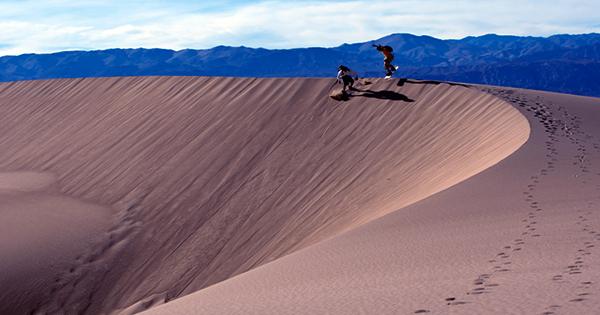If you ask people where the warmest place on earth is, most people will answer “Death Valley”. But this is certainly not true. Furnace Creek in Death Valley, California, holds the official record for the highest air temperature on the planet, setting a flashpoint of 56.7°C (134.1°F) on July 10, 1913.
While some temperature debates about the validity of the recordings (and even if they do, the next record-breaker is still nine days before Furnace Creek), this is the official temperature according to the World Meteorological Organization (WMO). However, if we look at the surface temperature of the ground, the other two locations are a few miles away from Death Valley. In a new study published in the Bulletin of the American Meteorological Society, scientists in the United States have used satellite data to show that the surface temperature of the Lut Desert in Iran and the Sonoran Desert in Mexico is 80.8 degrees Celsius (177.4°).
Antarctica recorded a minimum temperature -110.9°C (-167.62°F). The highest temperature swings were found in the Qaidam Basin of China, where the ground temperature was reduced from 81.8 degrees Celsius (147.3 degrees Fahrenheit) to 58.1 degrees Celsius in a single day (136.6 degrees Fahrenheit). Air temperatures are recorded using more than 10,000 weather stations worldwide operated by the WMO. Typically, the temperature is determined using a Stevenson screen, a ventilated white-painted box that rises a few feet above the ground.
This design allows air to flow but avoids direct sunlight which draws results. In this new study, researchers used an alternative method. Instead of measuring air temperature, they measure that the actual terrain is using data from NASA’s medium-resolution imaging Spectroradiometer (MODIS) on an Earth observation satellite. In addition to measuring ground surface temperatures, MODIS collects ocean and low atmospheric data. Measuring air temperature and ground surface temperature can give quite different results, as this study says Imagine you are on a beach on a summer day: the sand under your feet is feeling significantly warmer than the air around your chest.
















